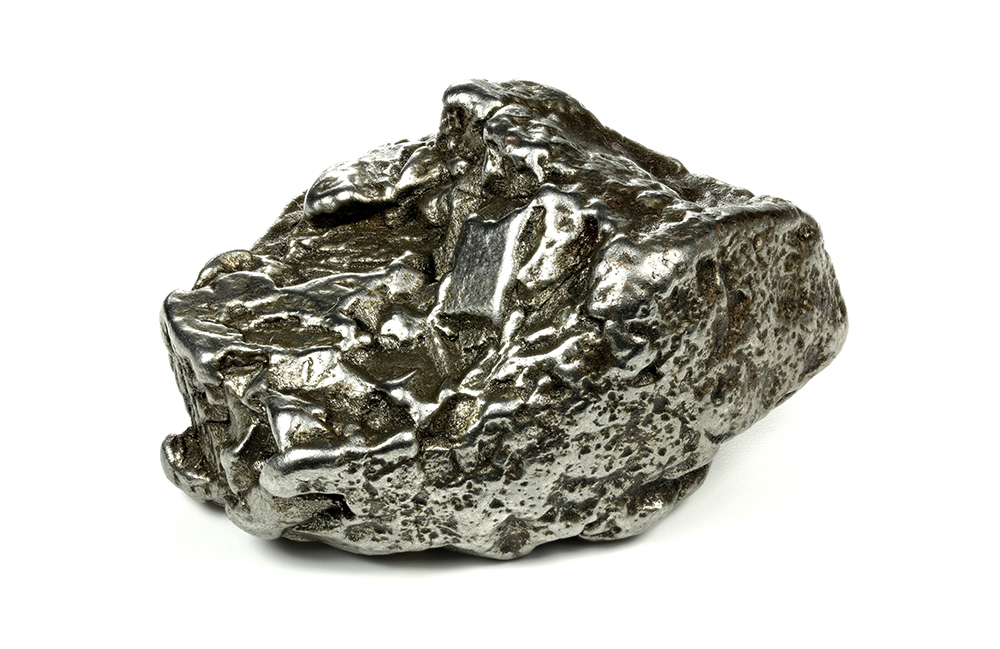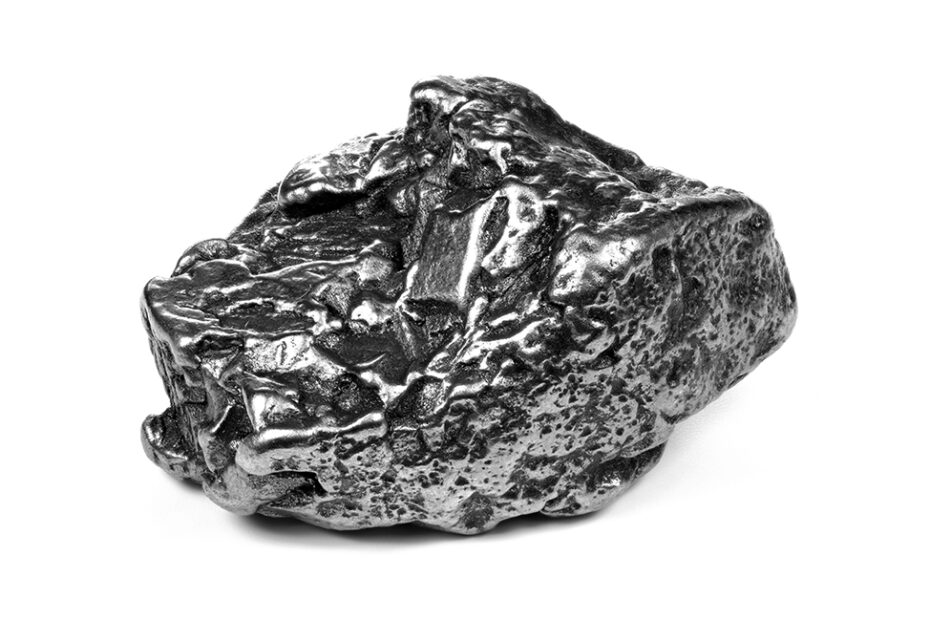
Fun facts
- Every year, the Earth is hit by about 6100 meteors large enough to reach the ground, or about 17 every day, research has revealed.
- A meteorite will hit a human being once every 180 years according to a study
- Most known asteroids in our solar system are located between Jupiter and Mars
- Jupiter has the highest frequency of impacts
- The word meteor comes from a Greek word that means suspended in the air
- The smallest meteoroids are the size of a grain of sand, the biggest are boulders 1 meter across.
- Asteroids and comets are constantly being watched and observed by organizations like NASA
Meteorite Fact Sheet
Campo del cielo
Campo del Cielo refers to a group of iron meteorites and the area in Argentina where they were discovered. The crater field covers 3 by 18.5 kilometres (1.9 by 11.5 mi) and contains at least 26 craters, the largest being 115 by 91 metres (377 by 299 ft).
It is estimated that the crates are 4000 to 5000 years old. The were announced to the public in 1576, but were already wellknown by native inhabitants of Argentina.

Stages of falling rocks
The difference between a meteoroid, meteor and meteorite is dependent on the stage it is in. A meteoroid is a celestial body that is potentially heading towards earth. As soon as it enters the atmosphere it becomes a meteor. When the meteor hits the Earth’s surface it becomes a meteorite.
An asteroid is a small rocky object that orbits the Sun. A meteor is what happens when a small piece of an asteroid or comet, called a meteoroid, burns up upon entering Earth’s atmosphere.
Unlike asteroids which are made up solely of rock, comets are made of a mix of ice, rock and gas. They’re also leftovers from the formation of the solar system and orbit the sun. But because of the way they’re made, as they get closer their ice and dust begin to melt which gives it a beautiful tail. Fun fact: the tail always points away from the sun.

Asteroid and extinction of dinosaurs
66 million years ago dinosaurs and other living creatures didn’t have the best day when an asteroid (the size of Mount Everest) crashed in what is now known as the Chicxulub crater (Gulf of Mexico). A portion of dinosaurs were killed by the impact directly, but the majority were killed by the aftermath of the impact and its worwide environmental changes.
Fun facts
- Every year, the Earth is hit by about 6100 meteors large enough to reach the ground, or about 17 every day, research has revealed.
- A meteorite will hit a human being once every 180 years according to a study
- Most known asteroids in our solar system are located between Jupiter and Mars
- Jupiter has the highest frequency of impacts
- The word meteor comes from a Greek word that means suspended in the air
- The smallest meteoroids are the size of a grain of sand, the biggest are boulders 1 meter across.
- Asteroids and comets are constantly being watched and observed by organizations like NASA

